How to Outfit Your Kayak for Saltwater Fishing
Saltwater kayak fishing combines the tranquil experience of kayaking with the thrill of landing ocean fish. Unlike freshwater fishing, saltwater environments present unique challenges including corrosion, stronger currents, and larger fish species. A properly outfitted kayak becomes not just your vessel, but your fishing platform, safety system, and gear storage solution all in one.
Whether you’re a seasoned angler transitioning to kayak fishing or a kayaker looking to add fishing to your maritime adventures, properly equipping your craft for saltwater conditions is essential for both success and safety.
This comprehensive guide will walk you through everything you need to transform a basic kayak into a saltwater fishing machine that can handle coastal waters while providing the functionality needed for productive fishing expeditions.
Choosing the Right Kayak for Saltwater Fishing

Before outfitting begins, it is crucial to ensure you have saltwater conditions and the appropriate kayak design. Sit-on-top kayaks typically prove superior for saltwater fishing due to their self-draining capabilities and easier entry when launching through surf. Look for models with a minimum width of 30-34 inches for stability when fighting larger saltwater species; many serious anglers prefer widths of 36 inches or more.
Hull design matters significantly—consider a kayak with a moderate keel line that balances tracking ability with maneuverability in varying coastal conditions. Length should generally fall between 12-14 feet, offering a sweet spot between speed and handling that works well in ocean environments without becoming unwieldy in wind or currents.
Essential Safety Equipment for Saltwater Environments
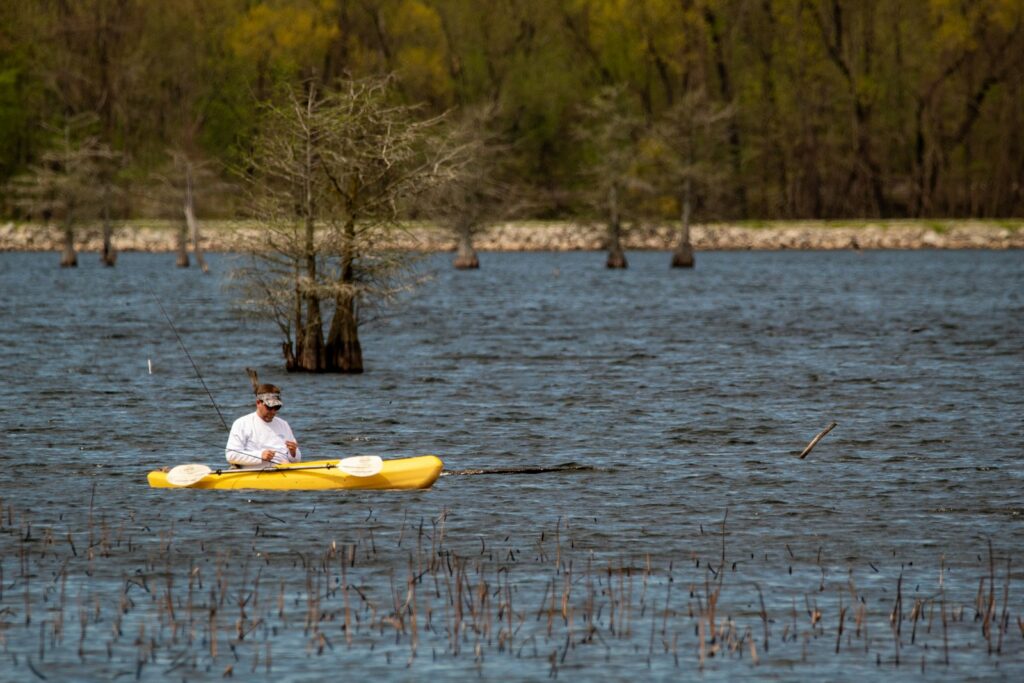
Saltwater kayak fishing demands more comprehensive safety preparations than freshwater excursions. A properly fitted, Coast Guard-approved personal flotation device (PFD) designed specifically for fishing is non-negotiable—look for models with multiple pockets for storing essential gear and emergency items.
Carry a waterproof VHF radio to communicate with other vessels and the coast guard services in emergencies, as cell phones often lose signal offshore. Install highly visible flags or light poles that extend 3-6 feet above your kayak to improve visibility to larger vessels, particularly in high-traffic areas. Additionally, pack emergency signaling devices including a waterproof flashlight, whistle, signal mirror, and flares that are accessible within seconds if you encounter trouble in open water.
Rod Holders and Mounting Systems
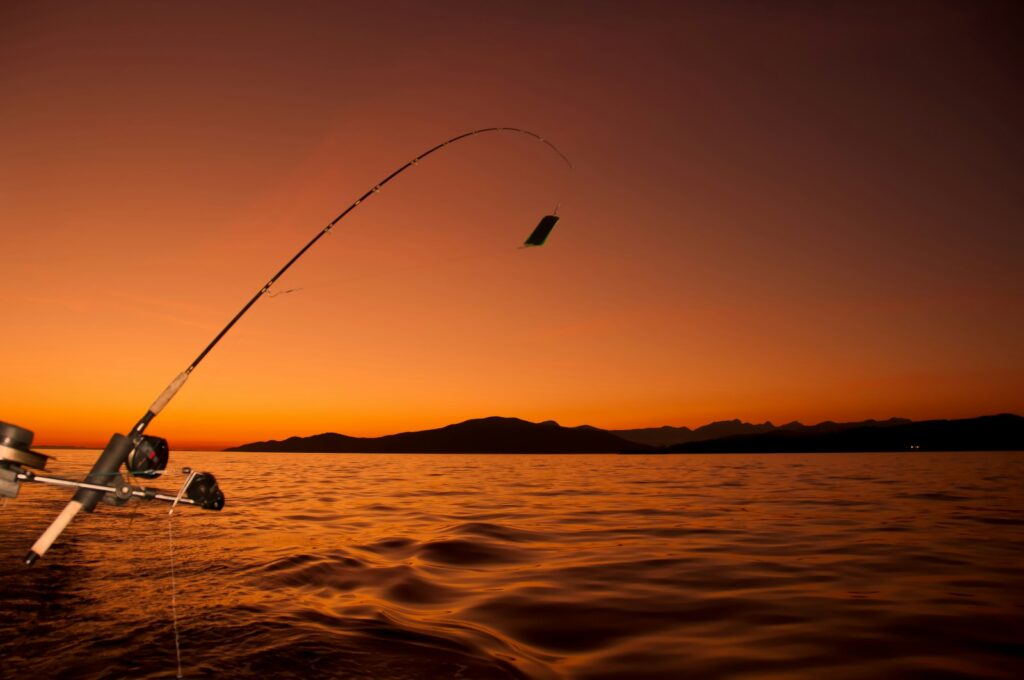
Properly positioned rod holders transform your kayak into an efficient fishing platform. Install at minimum two flush-mount rod holders behind the seat for trolling and two adjustable rod holders within arm’s reach for active fishing.
Consider a rocket launcher system that mounts behind your seat for additional vertical storage when traversing through surf or narrow passages. When selecting mounting hardware, always choose marine-grade stainless steel or specially treated aluminum components that resist saltwater corrosion, even if they cost more initially.
Position your primary rod holders at angles that prevent interference with your paddling motion while keeping rods accessible for quick reactions when fish strike. Remember that proper installation involves sealing all drill holes with marine-grade silicone to prevent water intrusion into the hull.
Fish Finder and Electronics Installation

Modern fish finders dramatically increase fishing success by revealing underwater structure, depth changes, and fish locations that would otherwise remain invisible.
Select a unit with GPS capabilities that allows you to mark productive spots and navigate safely back to launch points in changing conditions or reduced visibility. Mount your fish finder on a ram ball system that allows adjustable positioning and quick removal when transporting your kayak.
Power management requires special consideration—most anglers opt for sealed 12-volt batteries housed in waterproof containers with proper ventilation to prevent the buildup of hydrogen gas. Run all wiring through waterproof conduits or channels and use marine-grade connectors with dielectric grease to prevent corrosion from saltwater exposure. Consider adding a small waterproof solar panel to extend battery life during full-day excursions.
Anchor Systems and Drift Management
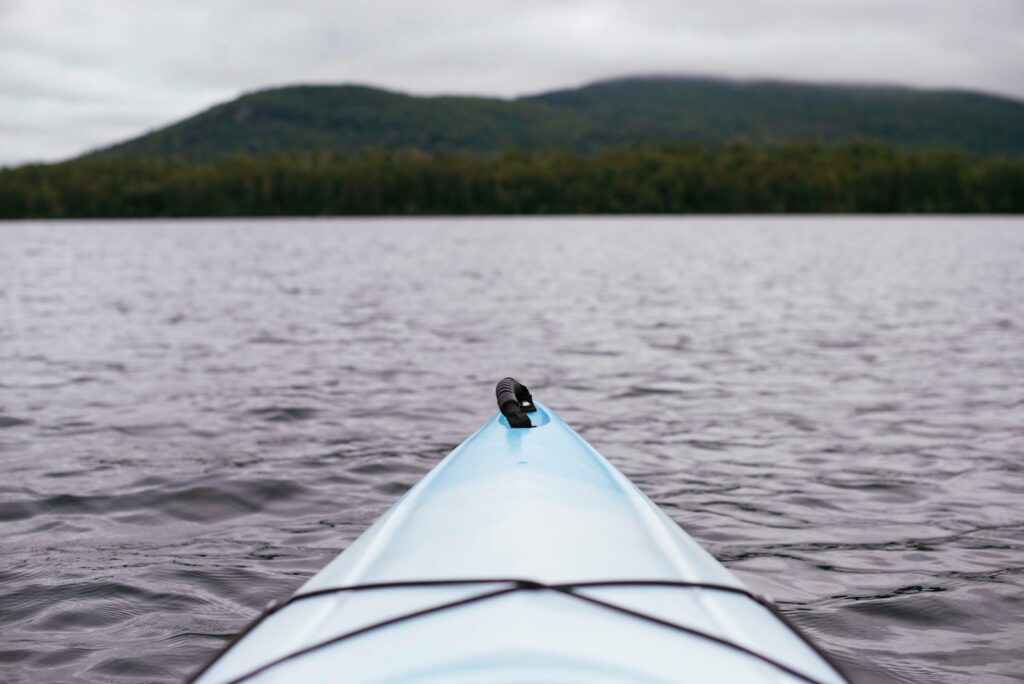
Effective anchoring in saltwater environments requires specialized equipment to handle varying bottom conditions and tidal influences.
A 3-4 pound folding grapnel anchor works well for most situations, allowing you to hold position over productive fishing spots despite wind and currents. Install an anchor trolley system—a pulley and line configuration that runs the length of your kayak—allowing you to adjust your position relative to wind and current without relocating your anchor.
For drift fishing in productive areas, consider adding a drift chute or sea anchor to slow your movement and maintain proper orientation to the current. Always attach your anchor to a quick-release mechanism that allows immediate detachment if conditions become dangerous or a large fish pulls you into hazardous areas.
Storage Solutions for Tackle and Gear
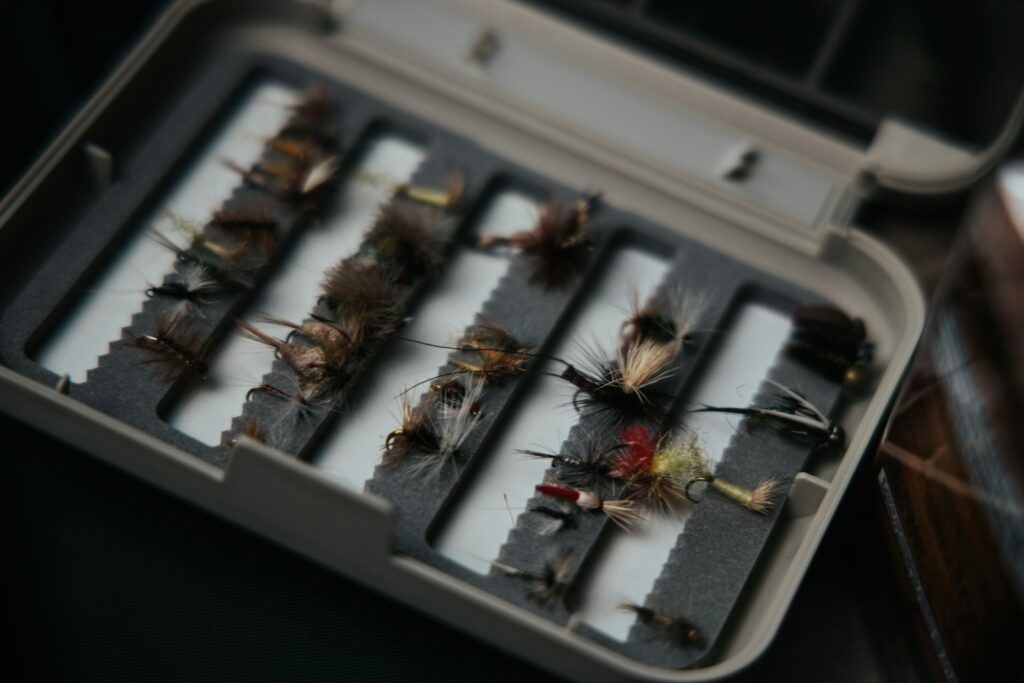
Organized storage systems keep essential gear accessible while protecting it from exposure to saltwater. Waterproof hatches in the bow and stern provide dry storage for items that require complete protection, such as extra clothing, electronics, and emergency supplies.
Install bungee cords across the deck for securing tackle boxes and other items that can withstand some exposure but shouldn’t wash overboard. Consider adding specially designed fishing crates to the tank well behind your seat, equipped with rod holders and multiple compartments for efficient organization of frequently used tackle. Use small dry bags attached to your PFD or within arm’s reach to hold licenses, keys, phones, and other valuables that require quick access but complete protection from water.
Propulsion Options: Paddles vs. Pedal Systems
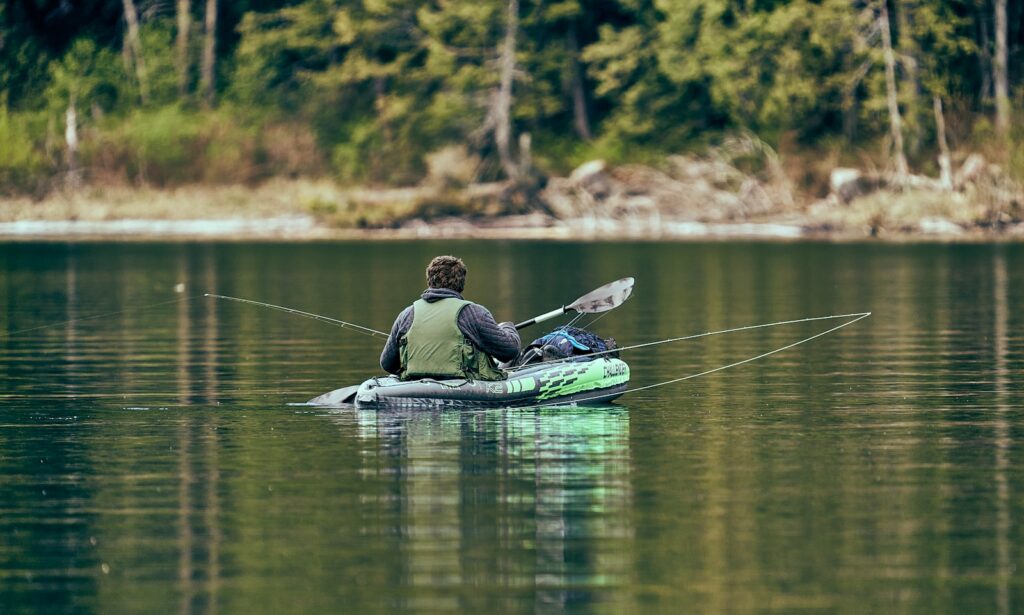
Your propulsion system significantly impacts fishing efficiency in saltwater environments where hands-free operation can be invaluable. Traditional paddles remain reliable and versatile but require stowing when actively fishing, making specialized paddle holders an essential addition to your setup. Pedal-drive systems allow continuous movement and positioning while keeping hands free for casting and fighting fish, but add considerable weight and cost to your setup.
If selecting a paddle, choose one with fiberglass or carbon fiber construction that balances strength with weight, featuring blade designs that perform efficiently in choppy conditions. For pedal systems, ensure components are specifically designed for saltwater use with corrosion-resistant materials and sealed bearings that can withstand extended exposure to harsh marine environments.
Live Bait Storage Solutions

Successfully keeping bait alive requires specialized equipment adapted to kayak limitations. Install a battery-powered aerator system connected to a bait container of 2-5 gallons, depending on your kayak’s capacity and the bait species you typically use.
Position the bait well, ensuring that water splashing from it won’t interfere with electronics or create uncomfortable paddling conditions. For longer trips, consider a flow-through design that utilizes small scupper holes to allow fresh seawater circulation without requiring constant water changes.
Always include a backup manual aeration system, such as a bait pump, in case your primary system fails during an outing. For larger baits, such as mullet or pinfish, specialized tubes with multiple compartments can keep individual baits separated and prevent them from damaging each other during transport.
Fish Storage and Handling Equipment

Properly storing your catch maintains quality while preserving space on your kayak. Insulated fish bags provide the most effective solution, keeping catches cold and fresh with minimal ice requirements. Mount these bags in accessible locations that don’t interfere with paddling or create imbalance issues when filled with heavy fish. Include specialized tools like fish grips, a landing net with saltwater-resistant mesh that won’t damage fish scales, and a measuring board secured with bungee cords to document your catches accurately.
For catch-and-release fishing, carry dehooking tools and fish handling gloves that minimize stress on released species. If targeting larger species, consider adding a fish gaff secured in a holder that keeps the sharp point protected but accessible when needed for landing larger game fish.
Corrosion Prevention and Maintenance
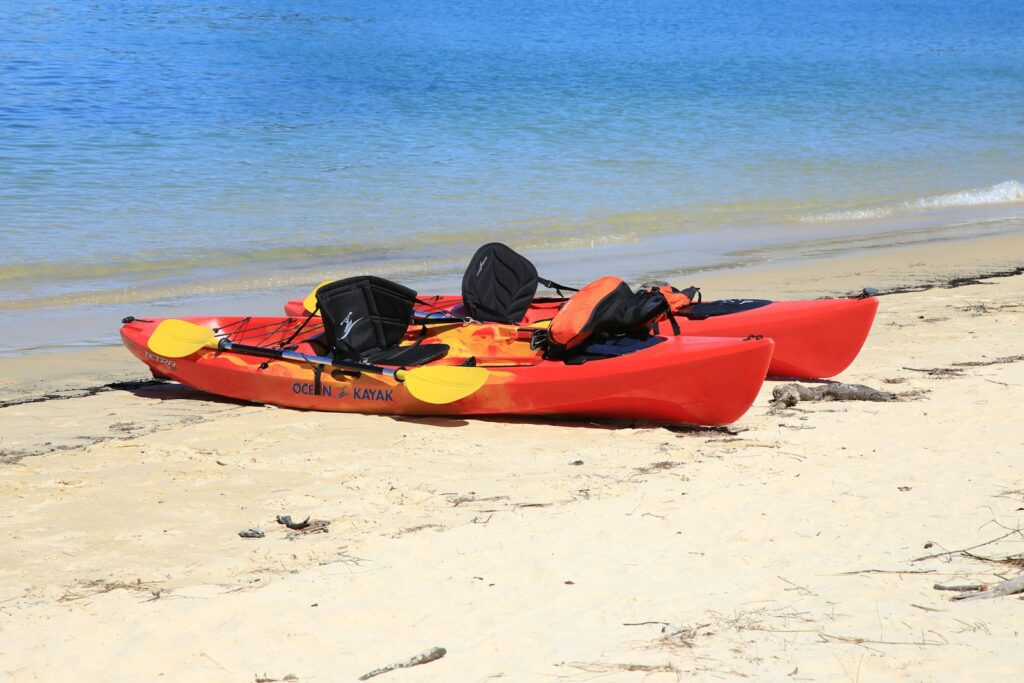
Saltwater’s corrosive nature demands vigilant protection of all kayak components. After each outing, thoroughly rinse your entire kayak and all accessories with fresh water, paying special attention to metal components, electronics connections, and moving parts. Apply marine-grade lubricants specifically designed for saltwater environments to hinges, latches, and other moving components on a regular maintenance schedule. Use dielectric grease on all electrical connections to create a moisture barrier that prevents salt intrusion and connection degradation.
Create a detailed maintenance checklist including monthly inspection of all screws, bolts, and attachment points for signs of corrosion or loosening due to vibration during transport or use. Implementing proper post-trip care significantly extends the life of expensive components and prevents catastrophic failures during critical fishing moments.
Navigation and Weather Monitoring Tools
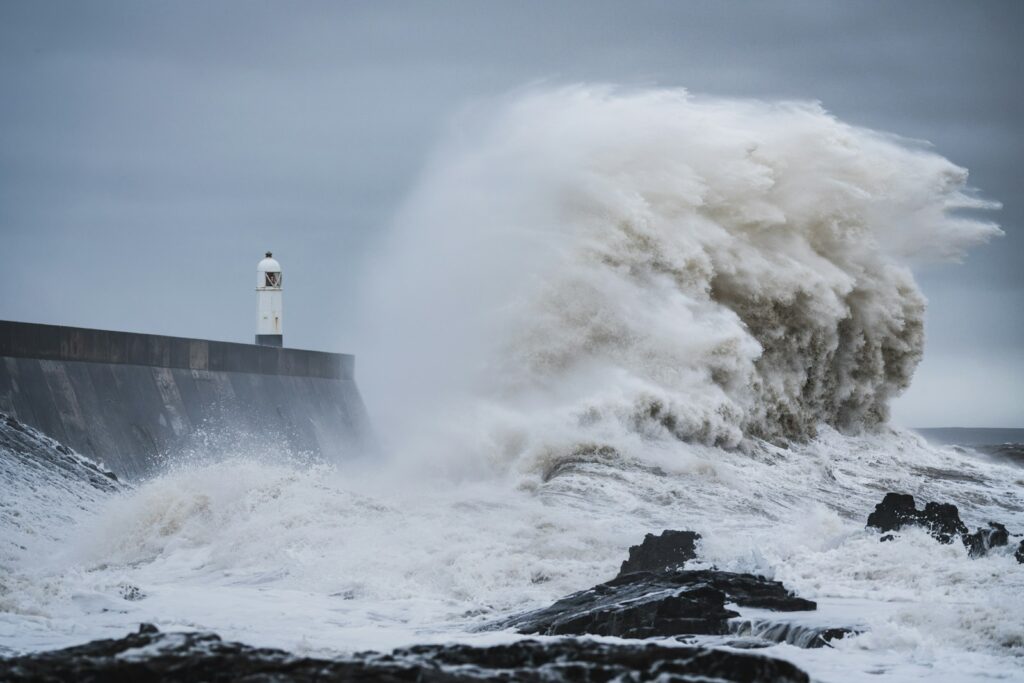
Saltwater environments demand more sophisticated navigation tools than most freshwater settings. Install a waterproof GPS unit with detailed coastal charts showing underwater structure, depth contours, and navigational hazards specific to your fishing areas. Consider adding a small marine weather radio with NOAA weather alerts that provides advanced warning of changing conditions before they become visible.
Compass navigation remains essential as a backup system—mount a marine compass in a position visible while paddling but protected from impacts during launching or landing. Smartphone applications can supplement these systems but should never be your primary navigation method due to battery limitations and vulnerability to water damage.
Always prepare routes in advance, sharing them with someone onshore who knows your expected return time and can alert authorities if you’re overdue.
Specialized Rigging for Different Fishing Styles
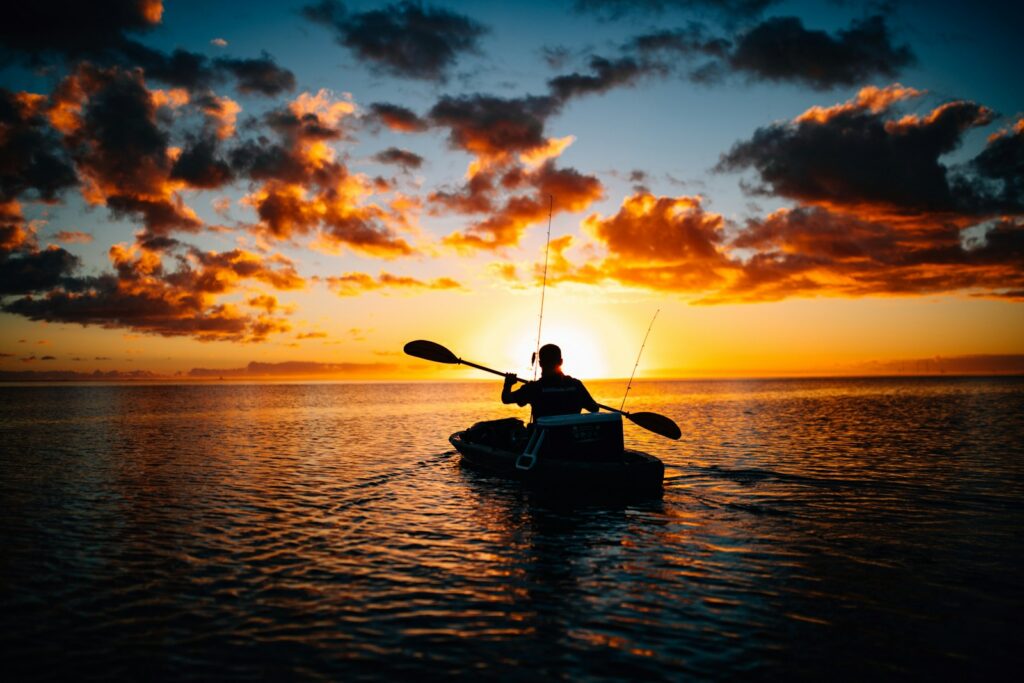
Customize your kayak configuration based on your preferred fishing techniques for maximum efficiency. For trolling enthusiasts, install outriggers that increase stability and allow running multiple lines simultaneously without tangling.
Fly fishing specialists should consider stripping baskets mounted within easy reach and specialized rod holders that accommodate longer fly rods while protecting delicate fly lines from catching on accessories. Bottom fishing for species like grouper or snapper benefits from vertical rod holders positioned for quick access when fish strike, along with specialized tackle storage for heavier weights and larger hooks. Inshore anglers targeting species like redfish or speckled trout should optimize their setup for silent approaches with paddle holders that allow quick securing without noise and specialized push poles for moving through shallow flats without disturbing fish.
Budget-Friendly Outfitting Strategies
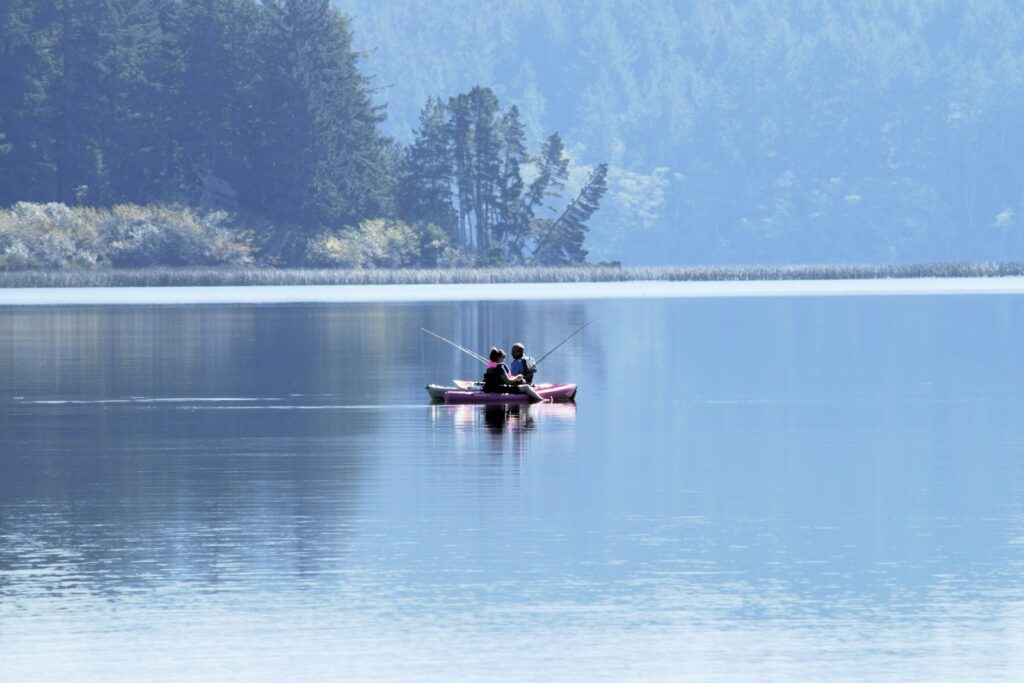
Creating a fully equipped saltwater fishing kayak doesn’t necessarily require an enormous expense if approached strategically. Begin with essential safety equipment and basic rod holders, then add components incrementally as budget allows, prioritizing versatile items that serve multiple purposes. Consider purchasing used equipment from reputable sources, particularly for non-electronic components like anchors, crates, and certain rod holders that remain functional even with cosmetic wear.
DIY solutions can significantly reduce costs—many anglers create custom rod holders from PVC pipe, fashion anchor trolleys from hardware store components, and build tackle management systems from readily available containers. Focus initial investments on quality items for critical functions like fish finding, navigation, and safety equipment while developing more affordable solutions for convenience features. Remember that functionality trumps appearance—a practical, budget-conscious setup that meets your fishing needs will outperform a visually impressive but poorly planned expensive system.
Conclusion
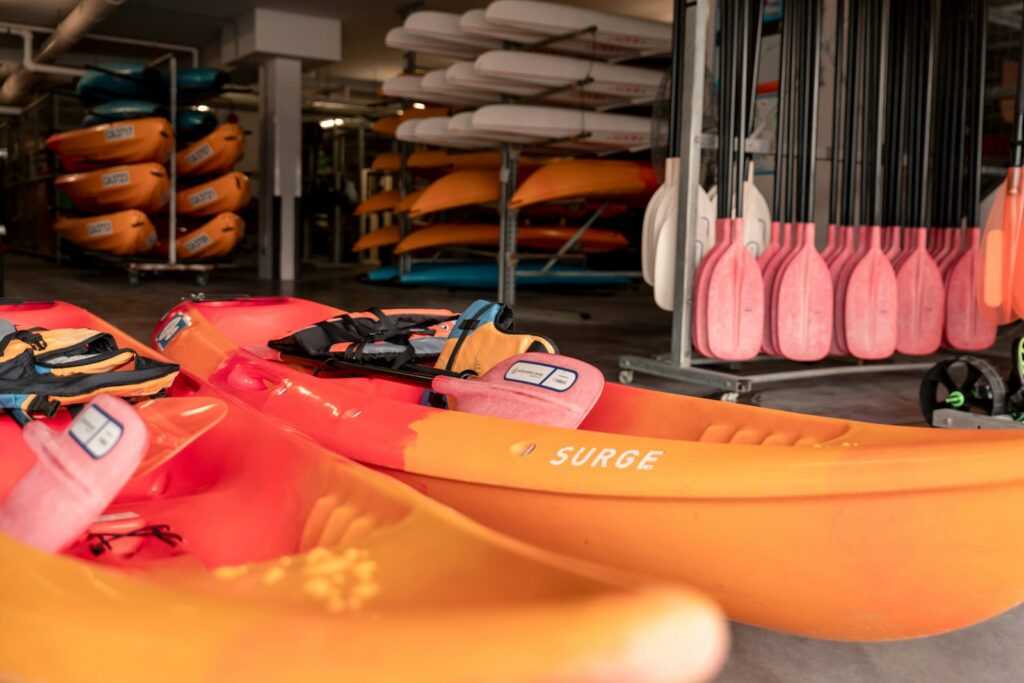
Saltwater kayak fishing represents the perfect intersection of accessibility and adventure, allowing anglers to reach productive waters without the expense and complexity of larger boats. A properly outfitted kayak becomes a specialized fishing platform tailored to your specific needs and preferences while providing the safety features necessary for marine environments.
The process of equipping your kayak should be approached systematically, focusing first on safety equipment, followed by essential fishing functionality, and finally adding convenience features as space and budget allow.
Remember that saltwater environments demand higher-quality components and more diligent maintenance than freshwater settings, but the rewards of battling powerful ocean species from the intimate perspective of a kayak make these investments worthwhile. With the guidance provided in this article, you can transform a basic kayak into a capable saltwater fishing machine ready to help you create memorable angling experiences in coastal waters.
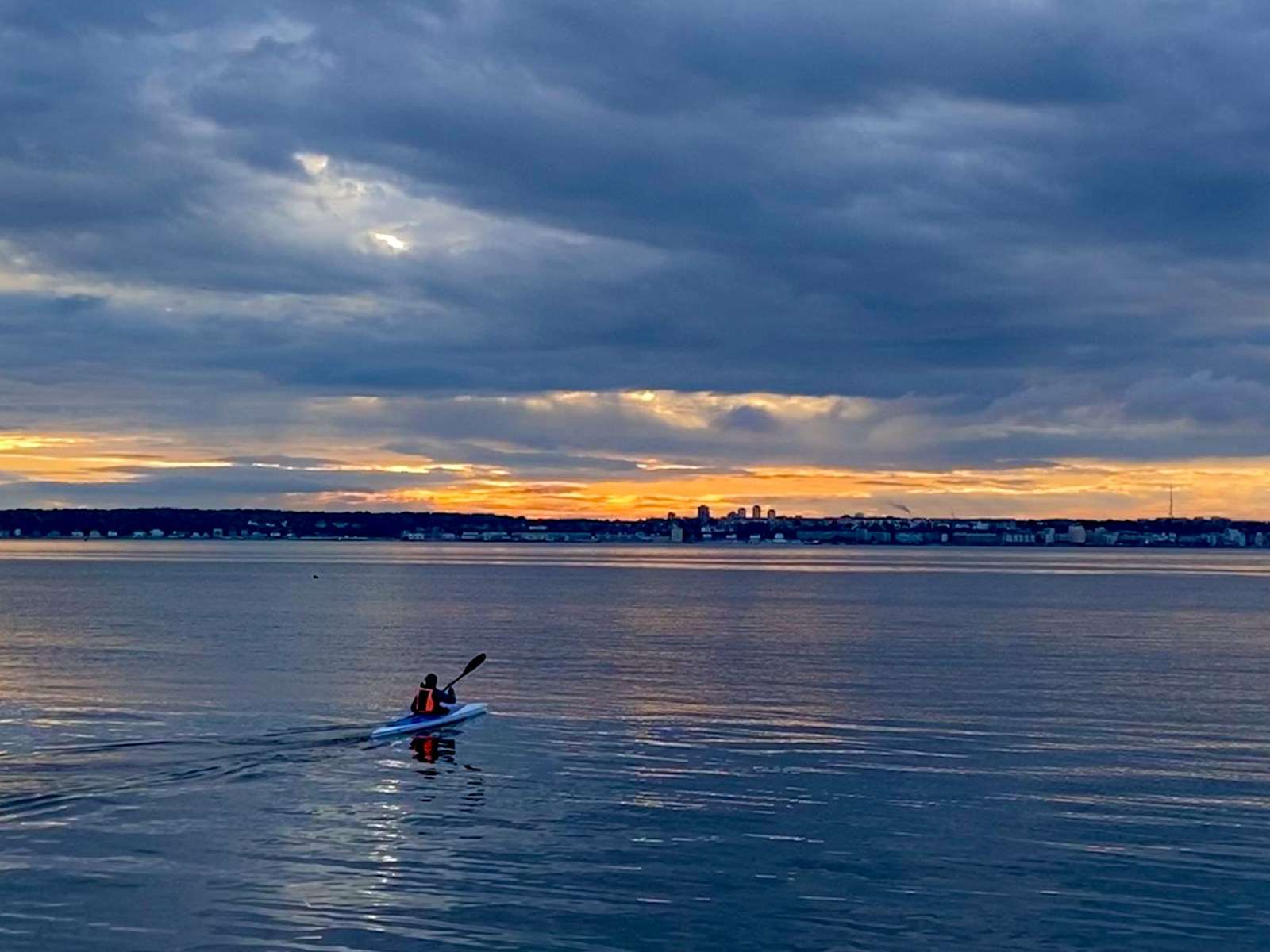

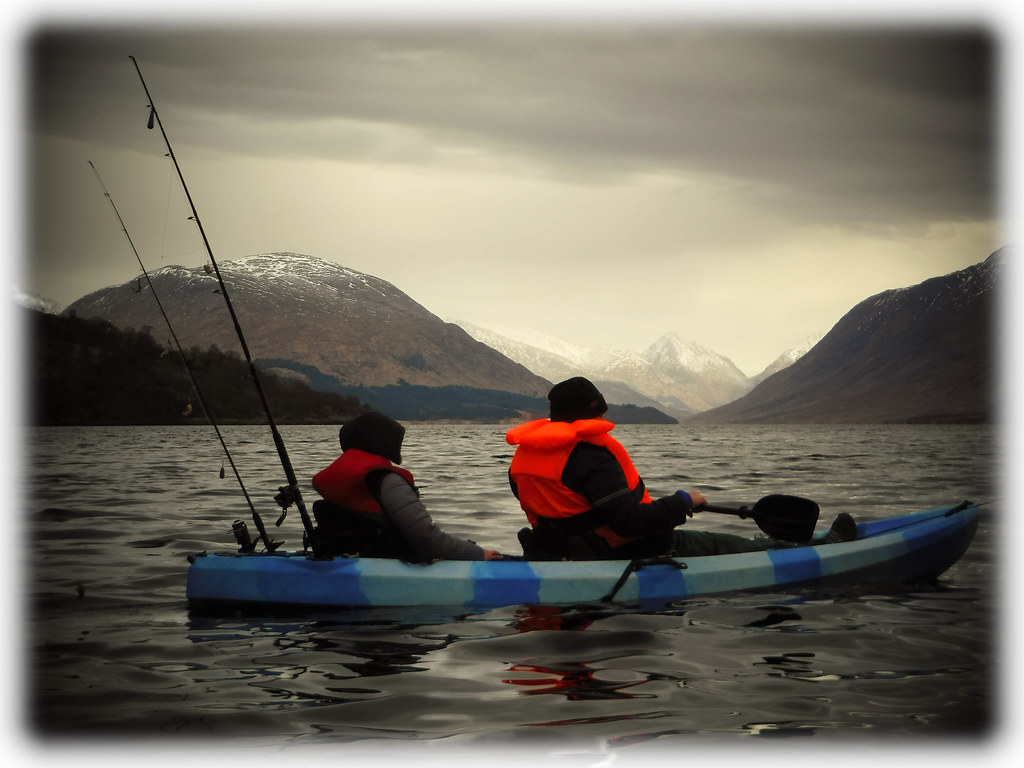











Post Comment